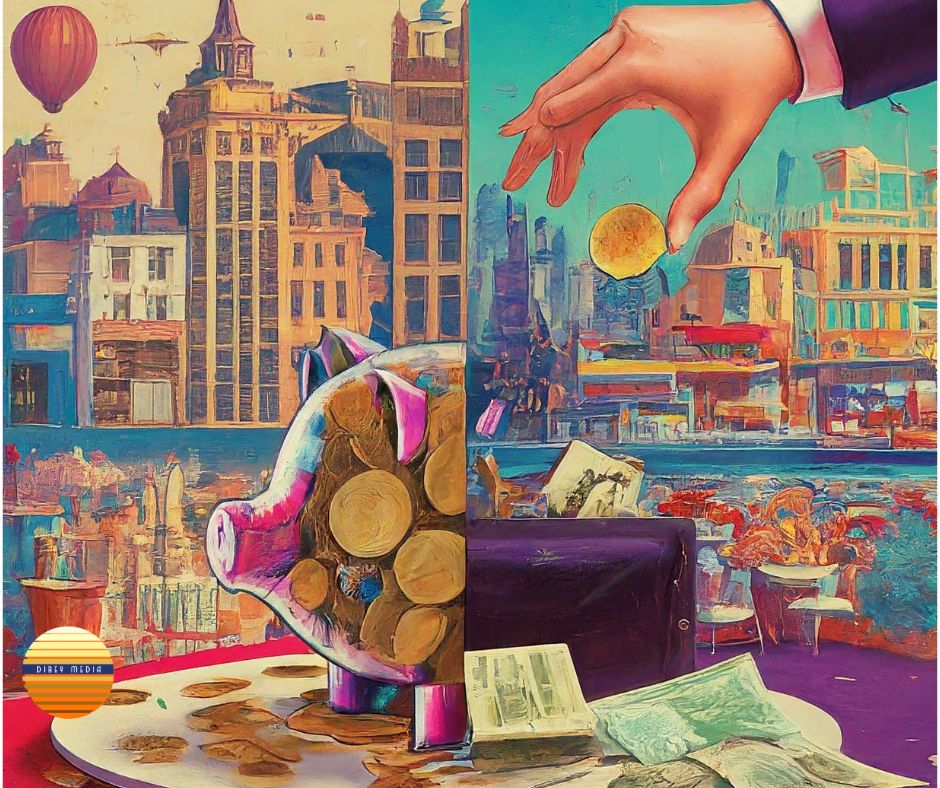Traveling is a wonderful opportunity to experience diverse cultures, cuisines, and traditions. However, one aspect that often confuses even seasoned travelers is tipping. Tipping practices vary widely from country to country, and what’s considered generous in one region might be inappropriate, or even offensive in another. Understanding these cultural differences not only helps you show appreciation for excellent service but also ensures you avoid unintended faux pas. Below is a comprehensive guide to tipping customs across major global regions.
North America
In the United States and Canada, tipping is deeply embedded in the service industry. Service workers in these countries often rely heavily on tips to supplement their base wages, which can be quite low.
- Restaurants: A tip of 15% to 20% of the pre-tax bill is standard in full-service restaurants. Some diners may tip more for exceptional service or during peak hours.
- Self-service and Takeout: For buffet-style or self-service venues, 10% is generally considered polite. For takeout, tipping isn’t mandatory but is appreciated.
- Bartenders: A tip of $1 to $2 per drink or 15% to 20% of the bar tab is expected.
- Other Services: Hairdressers, taxi drivers, delivery drivers, and valets typically receive 10% to 20%, depending on the quality of the service and local expectations.
Europe
Tipping norms across Europe can be quite diverse. While tipping is appreciated, it is not always expected or as essential as it is in North America.
- United Kingdom: A tip of 10% to 15% is common in restaurants. However, check your bill—some establishments include a service charge automatically. Tipping for taxis or hotel staff is optional but appreciated.
- France: Many restaurants include a service charge noted as “service compris.” Despite this, it’s common to leave a few extra euros or 5% to 10% for good service. Tipping in cafés and casual eateries may involve rounding up the bill.
- Germany and Italy: In both countries, it’s customary to round up the bill or leave a 5% to 10% tip. When paying, rather than leaving change on the table, it’s more common to tell the server the total you’d like to pay.
Asia
Tipping customs in Asia vary dramatically and often reflect deep-rooted cultural values. In some places, tipping is uncommon or even discouraged.
- Japan: Tipping is not customary and can sometimes be perceived as rude or condescending. Instead of tipping, excellent service is typically acknowledged through a polite “thank you” or a small, well-wrapped gift.
- China and South Korea: Tipping is not traditionally part of the culture, especially in local settings. However, in high-end hotels and tourist-heavy areas, tips may be accepted or even expected. Some restaurants include a service charge, so tipping is not necessary in those cases.
Australia and New Zealand
Tipping is not deeply ingrained in Australia and New Zealand, as service workers are usually paid fair wages.
- In restaurants, tipping is not mandatory, but leaving a 10% tip for exceptional service is becoming more common, particularly in tourist hotspots and upscale dining establishments.
- Rounding up the bill is also an accepted practice to show appreciation without going overboard.
Middle East
In many Middle Eastern countries, tipping is both expected and appreciated, particularly in service-heavy environments.
- United Arab Emirates: A service charge might already be included, especially in restaurants. However, adding a 10% tip is considered a generous gesture. Hotel staff, taxi drivers, and spa attendants typically receive small tips for good service.
- Israel: Tipping is more structured, 10% to 15% is expected at restaurants. For other services like taxis and hotel porters, smaller tips are appropriate.
Africa
Tipping practices across Africa vary based on the country, but tipping is generally welcomed and often relied upon by workers.
- South Africa: Tipping is customary. In restaurants, a 10% to 15% tip is standard. Petrol attendants, hotel staff, and safari guides also commonly receive tips, which often form a significant part of their income.
- Morocco: Tipping is expected in many service scenarios. At restaurants, 5% to 10% is standard, and small amounts are given to hotel staff, drivers, and tour guides as a sign of gratitude.
Latin America
Tipping is widely practiced in Latin America, though the expectations and norms vary slightly from country to country.
- Mexico: A 10% to 15% tip is customary in restaurants. Hotel staff, taxi drivers, and tour guides also generally expect small tips for their services.
- Argentina: In most dining establishments, tipping about 10% is considered appropriate. It’s best to leave the tip in cash directly to the server, even when paying the bill by card.
- Brazil: A 10% service charge is often included in restaurant bills. Despite this, it is common to leave an additional 5% to 10% for exceptional service, especially in upscale venues.
Caribbean
Tipping practices in the Caribbean can vary significantly depending on the island, the type of establishment, and whether it’s geared toward tourists.
Tipping hotel staff, taxi drivers, and excursion guides is generally expected and appreciated. In all-inclusive resorts, staff often rely on gratuities to supplement their income.
A 10% to 15% tip is typical in restaurants. It’s important to check your bill, as service charges are often included.
Sources: Pew Research Center , Toast POS , Travel Mexico Solo ,We Hate the Cold, My Tip Calc (MyTipCalc)
Discover more from Dibey Media
Subscribe to get the latest posts sent to your email.

